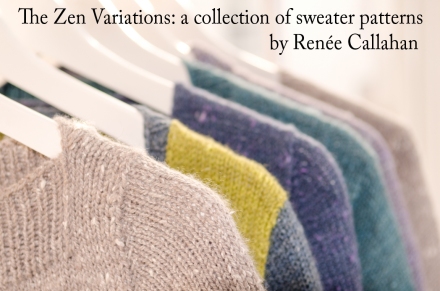Because you are great, I have a 30% discount on my new sweater pattern for you!
Spring is sprung, at least according to the flowering cherry trees around my way. There is light in the sky when I get up and I feel the promise of warmth in the (still rare) sunshine.
So I think to myself, what better time to release a pattern for a chunky sweater! haHA!
In my defense, I wear sweaters all year round and will wear this sweater well into the spring, trading my coat for the breathable warmth of the sweater when the spring really kicks in.
The Starflower Sweater is a modified raglan pullover knit in beautiful chunky wool for a cosy hug of a sweater. Designed to be a beginner-friendly knit, Starflower is worked from the top down, so you can try it on as you go to get a perfect fit.
I used Hill View Farm Yarns Pleasingly Plumb wool for the sweater and I love the squishiness of the Bluefaced Leicester fibre.
I was honoured to be the recipient of the very first batch of yarn from Hill View Farm. It is a lovely yarn and I know that Natasha, the owner, has some amazing plans for crafty retreats, workshops, and yarn-based goodness.
You can buy the Starflower pattern here, and if you sign up to the EastLondonKnit newsletter, you will get a code for a 30% discount on the pattern with your confirmation email.
Happy knitting,
Rx
p.s. I have some podcast (!) based plans in the works, and I would love to know if you listen to/watch podcasts. If so, what do you really like or dislike about them? More on this next week, but it would great to hear your opinions!



























